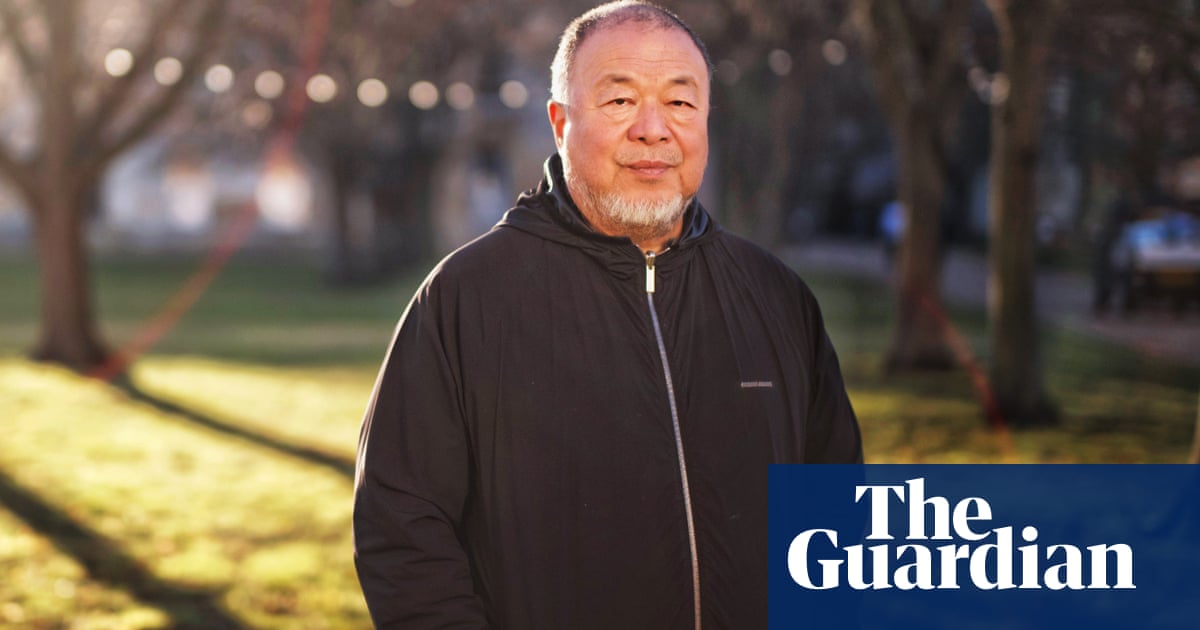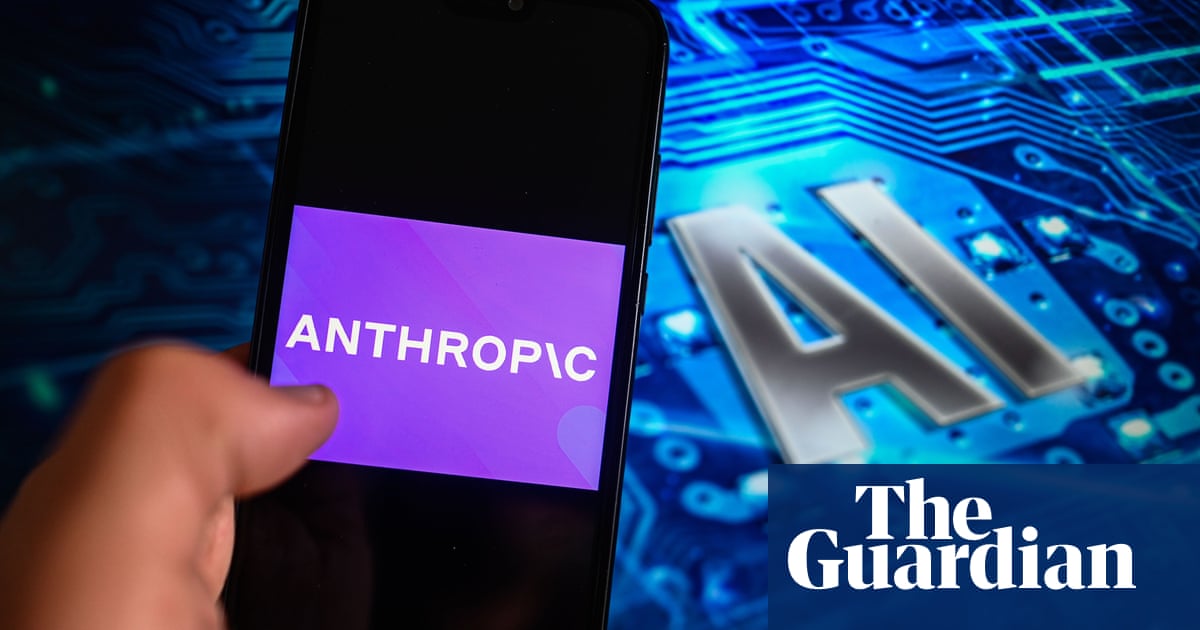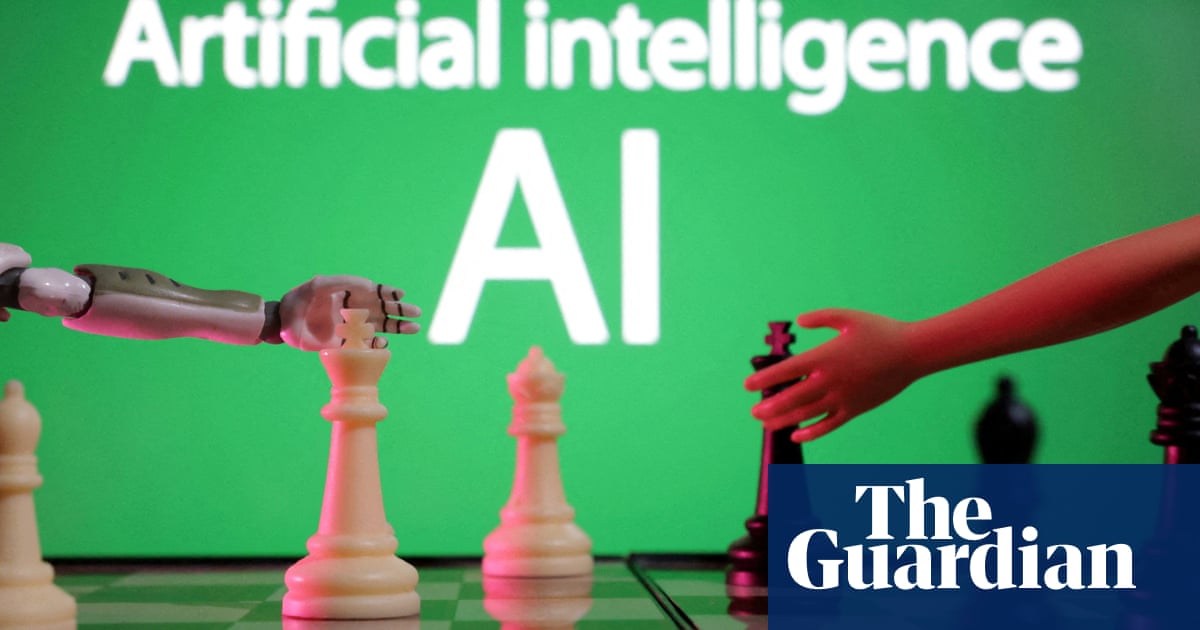
Who knew the late art critic Brian Sewell was such a tediously cliched writer? Especially since some of the dead verbiage in the London Standard’s AI version of Sewell reviewing Van Gogh at the National Gallery has become common currency only since his death at 84 in 2015.
Give him credit, he had a voice. And it was a posh voice. Evidently the chatbot used by the Standard needs to be fed a lot more novels by Evelyn Waugh and Anthony Powell, some Latin perhaps, and a mouthful of plums before it can begin to resemble the public school-educated, Courtauld-trained Sewell, who started his career as the protege of the upper-class art historian and Soviet spy Anthony Blunt.
I stopped watching The Crown when Sam West as Blunt, the traitorous surveyor of the queen’s pictures, talked about “early modern art”. No way would this snooty connoisseur have used that social historian’s terminology.
The Standard’s latest work is even more nonsensical. The neutral classless tones of AI don’t have the waspishness and hauteur of Sewell at all.
Or as he might have put it: plainly the day a machine mimics the idiosyncrasies of a human author remains as distant and unlikely as that far-off utopia in which a woman paints an undying masterpiece.
One reason the Standard piece is a failed copy of Sewell is that it isn’t offensive enough.
For the tiny, tiny minority of human beings who make a living as professional art critics, this exercise is very heartening. It turns out it is not so easy to replace us with AI. Plenty of free trips and private viewings of blockbusters ahead. Break out the foie gras.
It was on a press trip to Paris that I first met Sewell. The day started with fans sweetly hailing him at the station. He kindly said he’d been wanting to meet me, before adding that he pictured me as someone better-looking. By the end of the trip he had managed to opine that Waugh was a rubbish novelist, seemingly oblivious that the writer’s daughter was among us.
Priceless. Sewell was funny, uncensored, a bit ridiculous, human – all too human – and there’s not a trace of that in the Standard’s poor imitation. Sewell himself let his hinterland be shown only late in life when he finally wrote about his sexual adventures as a gay man. But it’s not just the prose that’s blank and inert. There’s no sense of a living eye looking at stuff.
Art criticism is about recording as honestly as you can your direct observations of art. Sewell always valued that honesty very highly. This pseudo-Sewell – available only in print, currently – just cobbles together abstract opinions, culled from from various sources doubtless including old Sewell articles, with no sense of anyone actually looking at art. You could write this without even seeing the Van Gogh exhibition. Which is what has happened, of course.
In the end it is a surprisingly hateful way for the Standard to remember one of the London Evening Standard’s most famous writers. It caricatures Sewell as a thug who unthinkingly trashed everything, including, it assumes, this great Van Gogh show. He might have done, but surely for more coherent reasons. He certainly wouldn’t have misunderstood the curators as blatantly as the AI version of him does: far from glorying in Van Gogh’s romanticism they actually take a debatable line that his tragic life has been mythified.
You can understand (human) writing only in its time. Sewell didn’t just attack everything with this machine’s moronic malignity. He became famous in the 1990s because he was the only British critic who consistently, entertainingly, denounced the Young British Artist generation.
He outraged the art world at the time, but today the YBAs are considered best forgotten by the art world itself. So did he maybe have a point? It would have been more pointed to have AI Sewell review this year’s Turner prize. Perhaps he would see in Claudette Johnson a genuinely fine draughtsman and hail her as reviving the figure, “even though female”. Who knows – people are never just zeros and ones.












